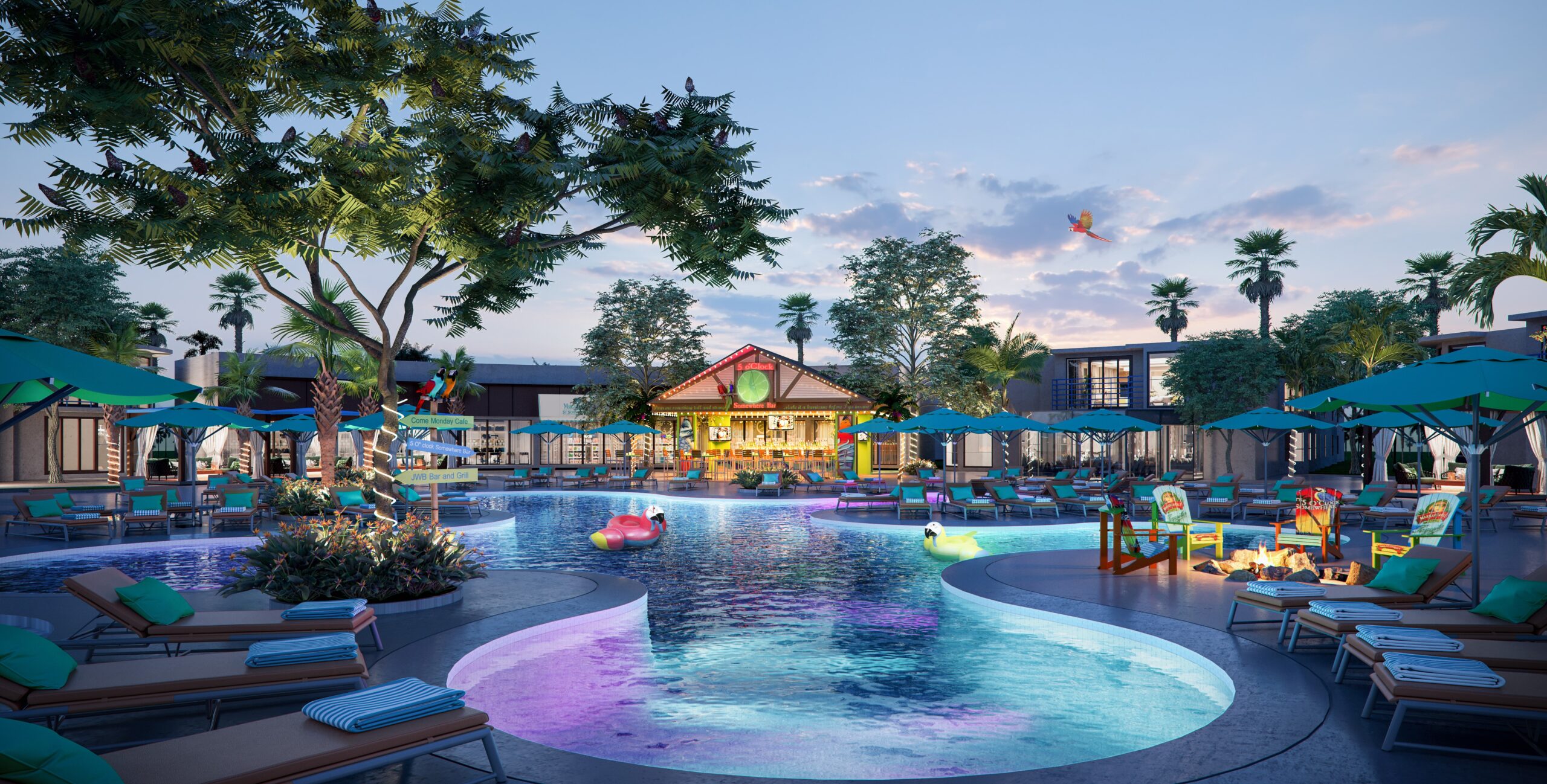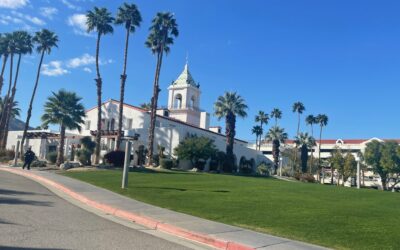At the national level, the U.S. hotel industry reported all-time lows in occupancy and revenue per available room (RevPAR), according to year-end 2020 data from STR, the leader in global hospitality benchmarking.
In addition to historically low absolute levels in the aforementioned metrics, average daily rate (ADR) came in lower than any year since 2011. Year-over-year declines were the worst on record across the three key performance metrics.
- Occupancy: 44.0% (-33.3%)
- Average daily rate (ADR): $103.25 (-21.3%)
- Revenue per available room (RevPAR): $45.48 (-47.5%)
For the first time in history, the industry surpassed one billion unsold room nights, which eclipsed the 786 million unsold room nights during the great recession in 2009.
The data also is in for the full year 2020 for the Greater Palm Springs hotel industry and, as expected, the numbers clearly illustrate the alarming impacts of the COVID pandemic. While the U.S. hotel sector reported all-time lows in occupancy and revenue per available room (RevPAR), so too did the desert region according to STR’s year-end 2020 data.
In addition to historically low absolute levels in the aforementioned metrics, average daily rate (ADR) came in lower than any year since 2011 during the Great Recession. Year-over-year declines from 2019 to 2020 were extreme across the three key performance metrics, including occupancy rate, average daily rate (ADR) and revenue per available room (RevPAR).
In terms of total revenue in 2020, Greater Palm Springs was up strongly in January (+8.5%) and February (+12.4%) compared to 2019. But as the gravity of the pandemic was revealed and lock down orders were invoked, massive reductions in revenue soon followed. The worst monthly declines last year in terms of percentage change were in March, April and May. For the year, revenue was down 48.8% among the approximately 80% of all GPS hotels that report data to STR.
Average daily rate (ADR) is truly an important indicator of the relative success of any given hotel and region. In Greater Palm Springs, ADR held up much better than the average for the entire U.S.
After local hotels went through the grueling process of readying for customers under the extremely extensive and costly guidelines of the Riverside County Health Department, they were able to serve a surprisingly eager wave of travelers from throughout the drive market as people were eager to get out of the urban areas of Southern California even in the heat of the summer. As a result, GPS hotels far outpaced the national average while losing 9.8% of their average rates compared to 2019. In a normal year, it’s a figure that would be alarming but in 2020 it was impressive from a rate standpoint.
Occupancy rate truly paints the picture of a given hotel’s or region’s level of success. In Greater Palm Springs, the occupancy rate for the full year 2020 was 42.8% for a decline of 31.1% compared to 2019. The performance was slightly better than in 2019 but coupled with a 37.9% reduction in revenue per available room in 2020 it was certainly a year to forget and hope it never happens again.
PSP Airport Data Helps Illustrate the Extreme Impacts of the Pandemic on Tourism
According to the latest data from Palm Springs International Airport, total passenger traffic for the full year 2020 was down 51.2% compared to 2019. It’s not surprising that volume was down so substantially, but seeing the numbers is startling, nonetheless.
Total passenger traffic includes those who boarded flights out of PSP (Enplaned) combined with those who landed here (Deplaned). The difference between 2020 and 2019 equates to 1,311,861 trips which clearly highlights the problem.
Perhaps the most important data to consider is the number of people who deplaned at PSP during 2020 compared to 2019. That figure was down 51.4%. In raw numbers, it’s a decrease of 656,703 people who landed in Palm Springs with wallets ready to open and spend.
Delta, Southwest, Allegiant, Alaska, American, JetBlue and Boutique have all recently begun new flights to PSP, adding to the excellent seasonal capacity to handle very large volumes of passengers. So, the challenge obviously is not capacity; it’s all on the demand side.
Economic Impacts of Tourism in the Context of COVID
Spending in our economy by visitors – both individuals independently traveling to enjoy our resort area and delegates of corporate/group conferences and meetings – is enormous.
According to the latest research by the Greater Palm Springs Convention & Visitors Bureau (GPSCVB) via its research consulting firm, Tourism Economics, the overall economic impact (direct and induced spending) by visitors to the region was $7.5 billion in 2019. Direct visitor spending during 2019 is estimated at $5.9 billion.
The estimate of the number of overnight visitors was 6.4 million. Added to that were an estimated 7.7 million day visitors for a total of 14.1 million people visiting our region and, of course, spending their money on a wide range of local products and services. Following is a breakdown of the estimated $5.9 billion in direct spending by sector:
- Lodging: $1.7B (29%)
- Food & beverage: $1.5B (25%)
- Retail: $1.2B (21%)
- Recreation: $0.8B (14%)
- Local transport: $0.6B (9%)
- Air service: $94M (2%)
The negative impact of the COVID pandemic to Greater Palm Springs, according to Tourism Economics, has been a reduction of direct visitor spending of $3.4 billion in 2020. The firm estimates that more than 24,000 tourism sector jobs have been lost in the region.
After many years of exceptional leadership and marketing/sales success at GPSCVB, the likes of which this region has never seen, it’s especially hard to see the 2020 results and not think of what would have been. During the five years prior to 2020 visitor spending increased 19%, and since 2015 annual visitor spending grew at a rate of 4.4% per year. Hotel room demand grew 2% in 2019 and was still trending upward in January and February of 2020. By any measure in the tourism sector last year was incredibly bad, but we have the team in place at GPSCVB that can rebuild the demand better than most regions as the pandemic’s ravaging effects begin to diminish.




